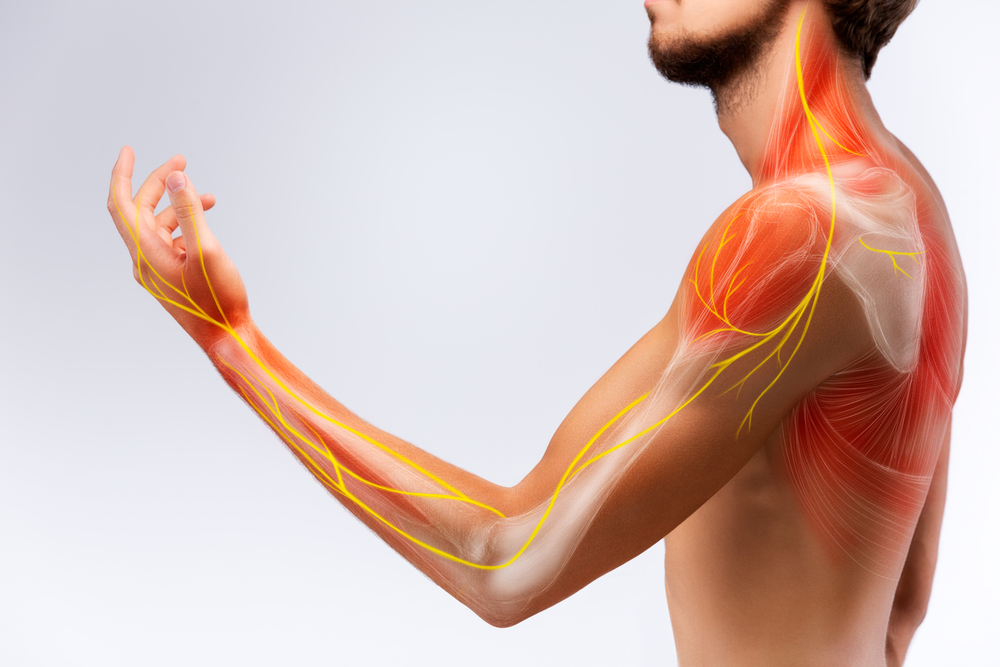/assets/images/provider/photos/2797583.png)
Nerve pain, also known as neuropathic pain, can feel like shooting, burning, or stabbing sensations and is often more severe and persistent than other types of pain.
Nerve pain, also known as neuropathic pain, can feel like shooting, burning, or stabbing sensations and is often more severe and persistent than other types of pain. At Garden State Pain & Orthopedics in Clifton, New Jersey, we understand how disruptive this pain can be to your daily life. Finding the best painkiller for nerve pain often requires a personalized approach, as the root causes and patient experiences vary widely.
Understanding Nerve Pain
Nerve pain arises when there is damage to the nerves themselves. This damage may result from conditions like diabetes, shingles, sciatica, multiple sclerosis, chemotherapy, or trauma. It differs from musculoskeletal pain because it originates in the nervous system rather than in muscles or bones.
Over-the-Counter (OTC) Options
While most nerve pain requires prescription medication, some OTC options may help in mild cases or as part of a larger plan:
-
Acetaminophen (Tylenol) – Helps relieve pain but does not reduce inflammation.
-
Ibuprofen (Advil, Motrin) – An anti-inflammatory that may offer modest relief for nerve pain caused by inflammation.
-
Topical creams – Capsaicin cream and lidocaine patches can be applied directly to the painful area.
Prescription Medications
For moderate to severe nerve pain, your doctor may recommend:
-
Antidepressants (e.g., amitriptyline, duloxetine) – These drugs alter chemical messengers in the brain and spinal cord, making them highly effective for chronic nerve pain.
-
Anticonvulsants (e.g., gabapentin, pregabalin) – Originally developed for epilepsy, these medications calm overactive nerves.
-
Opioids – These are rarely the first choice but may be used for short-term or severe pain under close supervision.
-
Topical lidocaine – Available in stronger doses than OTC patches, these can numb affected areas.
Non-Medication Treatments
Painkillers alone are often not enough. Interventional procedures like nerve blocks, spinal cord stimulators, or physical therapy can enhance results. Nerve ablation and spinal cord stimulation are two advanced treatments used to manage chronic pain when conservative therapies have failed.
Nerve ablation, also known as radiofrequency ablation, targets specific nerves responsible for transmitting pain signals. Using heat generated by radio waves, the procedure disrupts the nerve’s ability to send pain signals to the brain, offering relief that can last several months. Spinal cord stimulation (SCS) involves implanting a small device near the spine that delivers mild electrical impulses to the spinal cord. These impulses modify pain signals before they reach the brain, reducing the sensation of pain. Both procedures are minimally invasive and offer significant relief for conditions like back pain, neck pain, neuropathy, and pain after surgery or injury.
The Best Painkiller?
There is no one-size-fits-all answer. No one painkiller is the best. The best painkiller involves using a mix of invasive treatments and pain medications along with physicial therapy to get yourself better. The “best” painkiller is the one that works best for your specific condition, under a tailored plan from our pain management team.
Looking to see a doctor to treat your pain? Select the "Book Now" button to schedule an appointment with one of our expert physicians at our office in Clifton, New Jersey.
